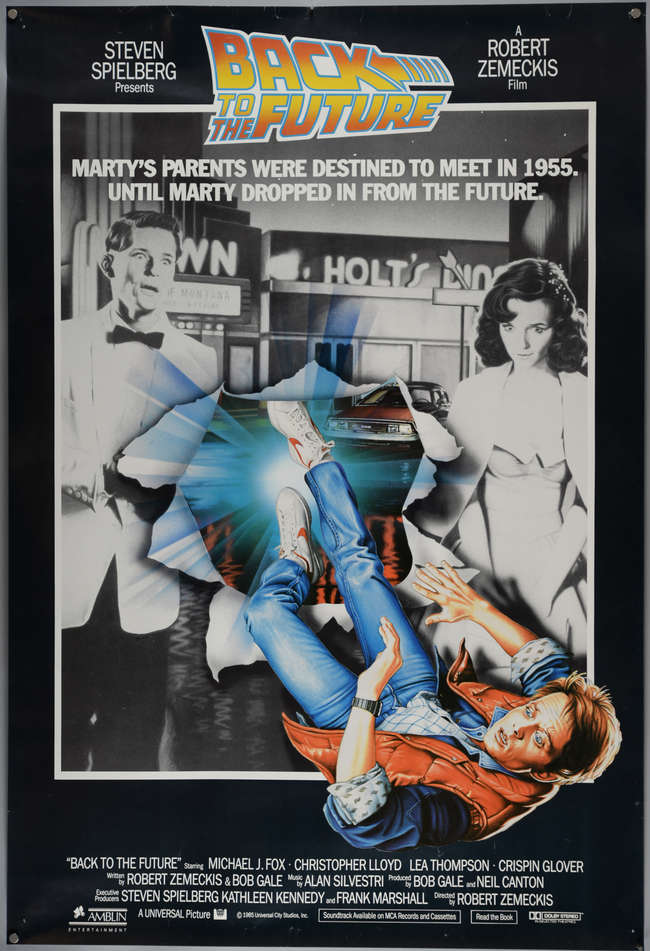Transcript
ROBERT SIEGEL, HOST:
According to the Centers for Disease Control and Prevention, nearly 19,000 people died from prescription opioid overdoses last year. The drug epidemic has so rattled the country, it’s become a topic on the presidential campaign trail.
New Jersey Governor Chris Christie has riveted audiences in New Hampshire and on YouTube with the story of a law school classmate of his, in Christie’s telling, a perfectly successful, healthy, happily married lawyer.
(SOUNDBITE OF ARCHIVED RECORDING)
CHRIS CHRISTIE: He was running one day in his normal routine. He hurt his back. And so he went to the doctor because he was having trouble working – really hurt. And so he said listen, we’re going to give me some treatment, whatever, but in the meantime, just to help you get you through, we’re going to give you Percocet – help numb the pain.
SIEGEL: Christie says friend became addicted. He went on to lose his family, his job, his home and finally his life.
(SOUNDBITE OF ARCHIVED RECORDING)
CHRISTIE: A year and a half ago on a Sunday morning, Mary Pat and I got the call that we’d been dreading forever -that they found him dead in a motel room with an empty bottle of Percocet and an empty quart of vodka – 52 years old.
SIEGEL: As prescriptions for opioid painkillers have soared, so have overdose deaths. The CDC will issue new prescribing guidelines next year. They’re taking public comment through mid-January. The guidelines are aimed at primary care doctors, who write roughly half of all opioid prescriptions. Doctors like Wanda Filer of York, Pa., who’s also the president of the American Academy of Family Physicians.
Dr. Filer remembers that, not long ago, the fear was not overprescribing, but underprescribing for pain.
WANDA FILER: There was a campaign back in the late 1990s and early 2000s called Pain Is The Fifth Vital Sign, and many physicians were told you’re not paying enough attention. You need to be more liberal with opioid medications. I think many of us felt a little bit indicted, quite honestly, and now we feel as though the pendulum has shifted so quickly because suddenly, we’re being told there’s too many opiods. And I suspect the truth is somewhere in between. Pain, for those people who suffer from it, is a very real issue. It’s debilitating. It’s pain, but it’s also suffering on very human term.
SIEGEL: I mean, describe the real life of a primary physician here for us. How often is the complaint that brings someone to you pain?
FILER: I had three people on Monday morning who came in with complaints of pain. One of them is a person who’s been on opioid therapy long-term. It’s allowed her to regain her life. It’s allowed her to be much more functional, and I’m managing that. And she’s been stable. We have a contract in place. We check a random urine periodically to make sure the medication, A, is showing up and B, that nothing else that I don’t want showing up is showing up.
Another one was a patient that came in with his adult child. And she said to me my father is really hurting from all of his arthritis. I think that he needs opioids. I had never seen this man before. I said – well, how long have you had pain? Oh, for about four to five months. I said, well, before we give you any kinds of medications, let’s figure out what’s going on here.
My other concern, quite honestly, is I don’t know this patient very well. He has some underlying medical conditions that make opioids particularly risky for him. And so I did not give him the prescription, and I would be inclined not to do so until I get to know him better and see if it’s even safe for him.
SIEGEL: And might you be thinking during these interviews with patients – are you thinking, is this a case for Motrin as opposed to OxyContin, a non-opioid as opposed to opioid?
FILER: Absolutely. And is this a case for ice? Is this a case for yoga? Is this a case for physical therapy? So we think about all the modalities that are able to us. And narcotic or opioid medications are really the last resort.
SIEGEL: You’re an experienced primary care physician. That’s not a euphemism. You’ve been doing this for a few years.
FILER: (Laughter) Thank you.
SIEGEL: Do you think that, let’s say, less experienced doctors, one might say…
FILER: God bless you.
SIEGEL: …Younger, would find this a very difficult area of medicine to cope with today?
FILER: It is a difficult area. It’s a skill set that we all work to master. I think we master across our career – certainly, when I first came out into practice, it makes you squirm a little bit more, not so much the science of opioid prescribing, but that dance of – how much do I accept what this patient is telling me at face value? – versus – how much I have to be a healthy skeptic? – for their safety, but also for the health of the public.
SIEGEL: Are their patients whom you treated for pain five years ago, 10 years ago, who you think if, you know, if they walked in today with the same complaint, you would you treat very differently because you’re thinking about all this, and medicine’s thinking about it has changed?
FILER: I’m certain that there are people that I would treat differently today. I think we were influenced by some of the campaigns to provide more medication years back, and I think we all do that. You go back and you think about what I might’ve done a bit differently. That’s part of the ongoing, continual lifelong learning.
SIEGEL: How important are the upcoming guidelines from the Centers for Disease Control and Prevention, and what are you looking for there?
FILER: Well, I think the guidelines will be very important once they’ve gone through their public comment period. Many of us have not had a chance to really dig into them yet, but I like the idea that the CDC is bringing a credibility factor to this. However, I’m hearing some concern across multiple medical associations about the process.
And so making sure that we strike that right balance for people with real pain – get access to medications that they need, versus protecting the health of the public and doing no harm – will be the art of the guidelines as well as the science.
SIEGEL: Dr. Filer, thanks for talking with us today.
FILER: Thank you. It was my pleasure.
SIEGEL: Dr. Wanda Filer is president of the American Academy of Family Physicians.
Copyright © 2015 NPR. All rights reserved. Visit our website terms of use and permissions pages at www.npr.org for further information.
NPR transcripts are created on a rush deadline by a contractor for NPR, and accuracy and availability may vary. This text may not be in its final form and may be updated or revised in the future. Please be aware that the authoritative record of NPR’s programming is the audio.










